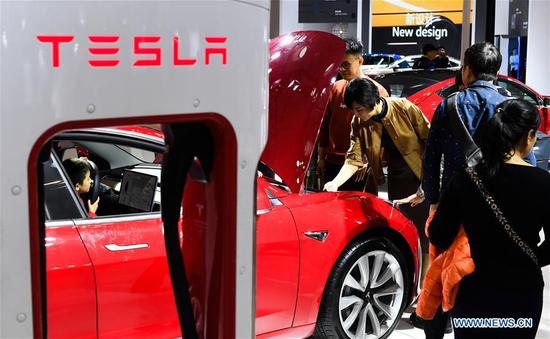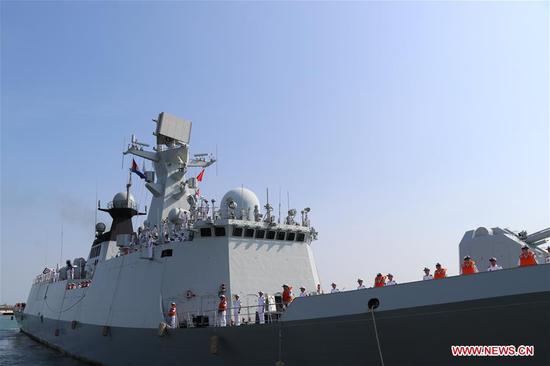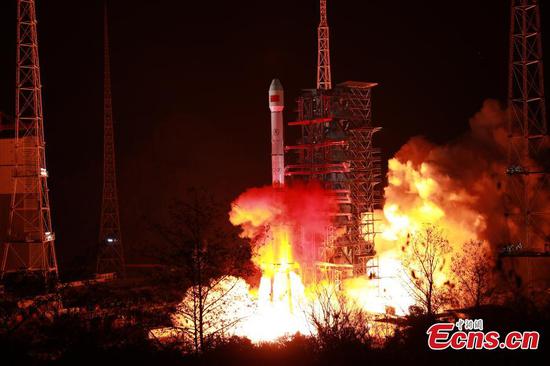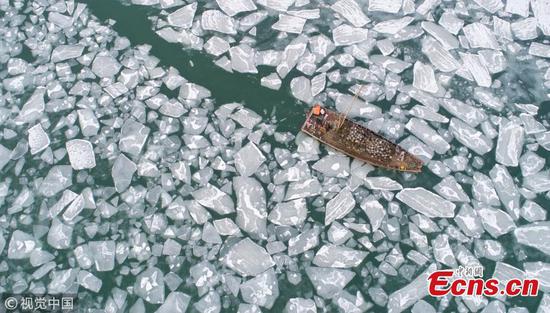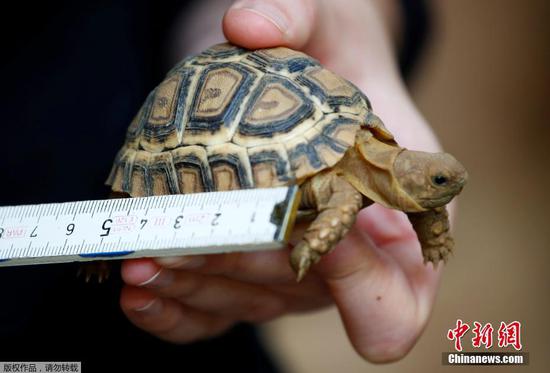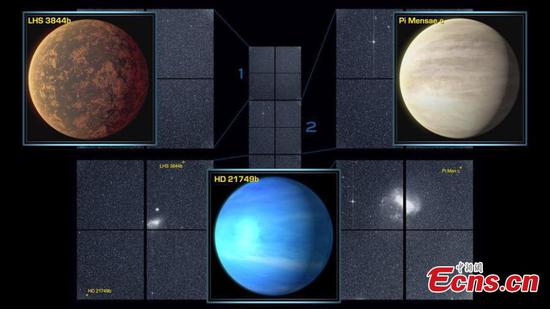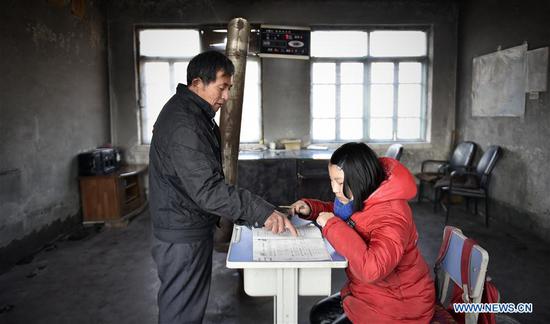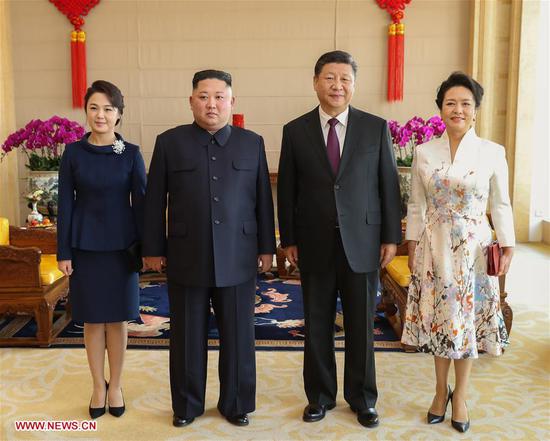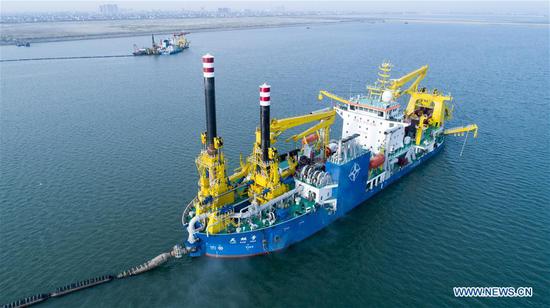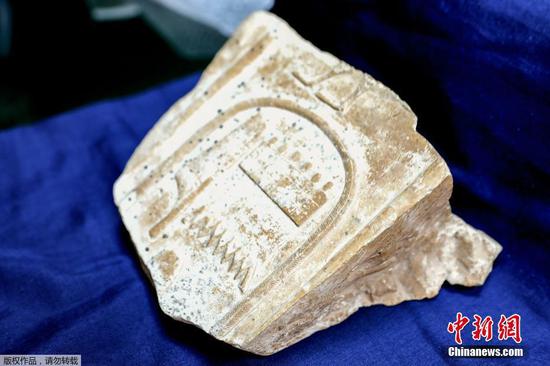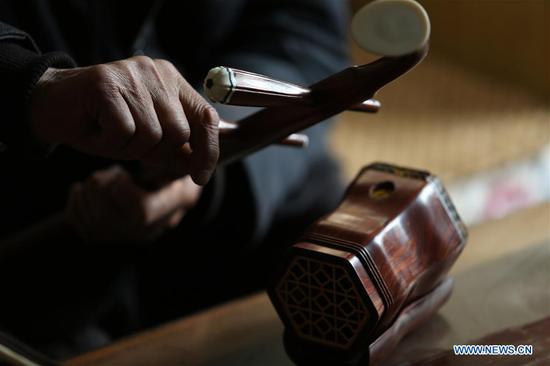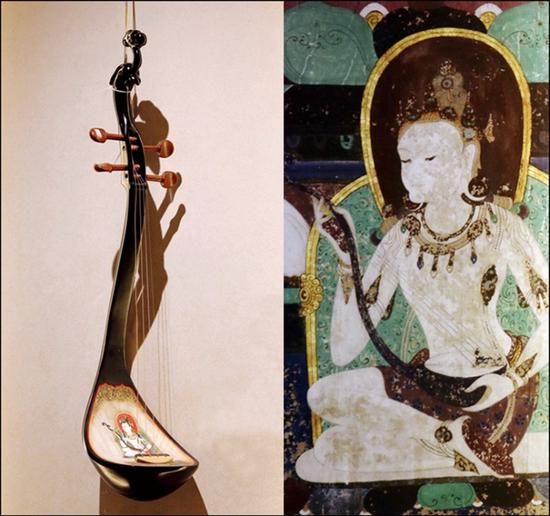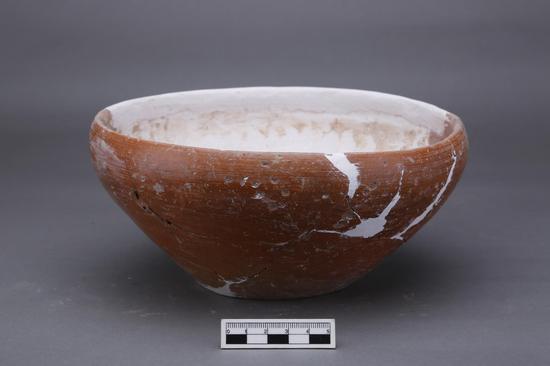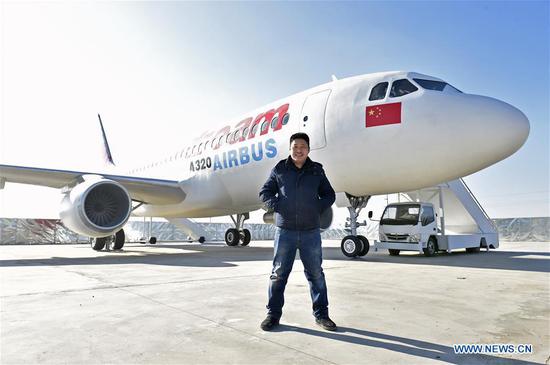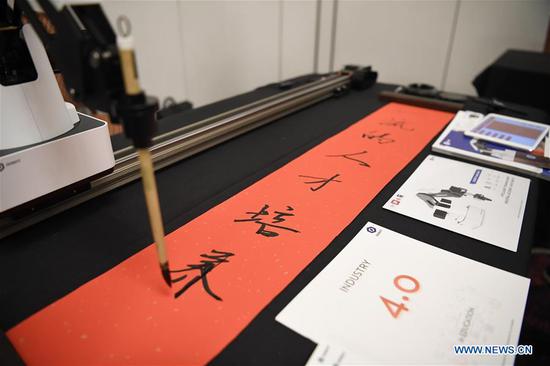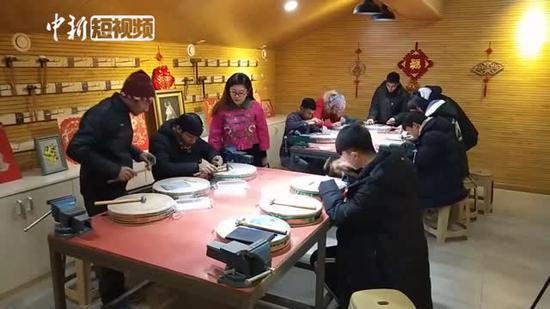
An animation of Chang'e 4's soft landing was shown as the event took place on Jan. 3. (Photo by JIN LIWANG/XINHUA)
Cooperation is first since U.S. law banned space exchanges in 2011
Space authorities in China and the United States have been discussing cooperation in lunar and deep-space exploration since the second half of last year, and the two sides exchanged information before the launch of the Chang'e 4 mission to the far side of the moon, the China National Space Administration said.
On Thursday afternoon the administration said that before the start of Chang'e 4 mission in December, Chinese scientists involved in the program and their counterparts from NASA's Lunar Reconnaissance Orbiter team had "close communication" to discuss the use of the LRO satellite to observe the landing of Chang'e 4 for scientific purposes.
As a result, the U.S. provided orbital data of the LRO to the Chinese team, while the Chinese side informed the U.S. team about the preset site and time of the Chinese lunar probe's landing. Both sides expected the collaboration would bear scientific fruit, the Chinese agency said.
According to public information, the exchange was the first cooperation, though at a rudimentary level, between Chinese and U.S. space programs since 2011, when a U.S. federal law was made to prohibit NASA from bilateral cooperation with China.
A Chinese insider who didn't want to be named told China Daily that the communication represented important progress between the two. He said the two countries can also join hands in making use of Chang'e 4's scientific findings, such as those generated by the low frequency spectrometer carried by the probe's lander, to boost lunar research.
In another development, the CNSA said on Thursday that two foreign-made scientific instruments mounted on the Chang'e 4 - a neutron dosimeter developed by Kiel University in Germany and an energetic neutral atom analyzer provided by the Swedish Institute of Space Physics - have been activated for testing.
The Chang'e 4 spacecraft rode into space atop a Long March 3B rocket in early December at the Xichang Satellite Launch Center in Sichuan province. It was the country's fourth lunar expedition and mankind's first surface observation of the moon's far side, which never faces Earth.
The robotic probe made a soft landing on the lunar surface on Jan 3 and then released a lunar rover, the seventh rover on the moon and also the first to leave tracks on the far side, to roam and survey the landing site in the South Pole-Aitken Basin region of the moon, one of the largest and deepest known basins in the solar system.
Launched in June 2009, the LRO is a NASA robotic spacecraft orbiting the moon to gather various kinds of scientific data.










